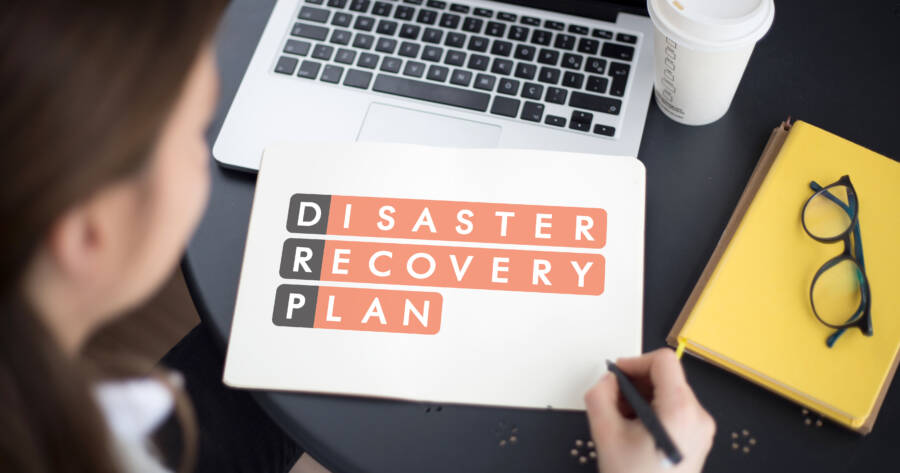The ability to maintain operational efficiency following a disruption is crucial for any organization. Two closely linked strategies are Business Continuity Planning (BCP) and Disaster Recovery Planning (DRP). Let’s explore the differences between BCP and DRP, and learn how to implement effective strategies.
Business Continuity Planning (BCP)
BCP is an organization’s strategic blueprint for maintaining critical functions during and after a disruptive event. 1 It is about ensuring that the business can continue to operate even when facing disasters, whether natural or man-made, such as cyber-attacks. It involves identifying essential business functions and allocating resources accordingly. The primary goal of BCP is to minimize downtime and ensure the smooth running of operations during a crisis.
For instance, in the case of a data center, BCP might involve the use of technologies like disk mirroring to maintain up-to-date copies of data in geographically dispersed locations. This ensures data access functions continue uninterrupted if one location is disabled, thus protecting against data loss.
Disaster Recovery Planning (DRP)
While BCP is about maintaining business operations, DRP is specifically focused on the restoration of an enterprise’s IT infrastructure and business systems following a disruption. 2 It is considered a subset of BCP as it deals with the technical aspect of getting systems back online after a disaster.
In simple terms, if BCP is about ‘keeping the lights on,’ DRP is about ‘turning the lights back on’ after a power outage. A comprehensive BCP might contain several DRPs, each tailored to address different types of disruptions, from hardware failures to cyber-attacks.
BCDR: A Synergistic Approach
While BCP and DRP have different focuses, they are not mutually exclusive. They must work together to ensure an organization’s resilience and ability to remain operational after an adverse event. Thus, it is essential to see them as part of a synergistic approach – BCDR.
BCDR ensures that businesses have a higher profile than ever before in the face of an array of threats. It is increasingly vital in the digital age, where organizations, regardless of size, depend heavily on digital technologies to generate revenue, provide services, and support customers.
Best Practices for BCDR Implementation
Implementing effective BCDR strategies involves several best practices. The first step is to identify and prioritize critical business functions. Once these are identified, businesses can allocate their available budget accordingly.
Next, it is important to develop failover mechanisms and recovery strategies specific to each critical function. This might involve using technologies like disk mirroring or cloud services for data backup and recovery.
Finally, businesses should regularly test and update their BCDR plans to ensure that they remain effective and relevant. This includes training employees in BCDR procedures and conducting disaster recovery drills.
Two Ways to Weather the Storm
While BCP and DRP have distinct roles within an organization, they are two sides of the same coin when it comes to resilience against disruptions. Together, as BCDR, they offer a comprehensive approach to ensure that a business can weather any storm and bounce back stronger. Therefore, understanding their differences and how they work together is critical for any organization looking to thrive in the face of potential threats.
